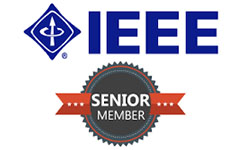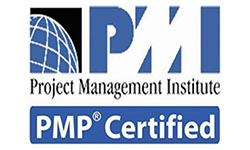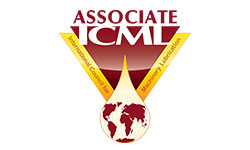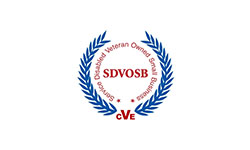Maintenance PLANNING & SCHEDULING
This development course is available in both virtual and in-person, instructor-led formats, it is a two- and one-half day course providing the fundamentals required for any successful maintenance program. TPS knows one of the worse things for any facility is equipment downtime.
Description:
In the ever increasingly competitive marketplace, the Maintenance Department is routinely asked to keep equipment running longer, with fewer failures and at lower operating costs. The maintenance planning and scheduling functions are critical components to make your maintenance program run more profitably given these new expectations.
Course Outline:
Day One – Topics
Classroom Introductions and Establishing Seminar Goals Why Maintenance is Critical to Organizational Success
Safety Compliance Issues: Dealing with OSHA and MSHA
Elements of the Maintenance Planning & Scheduling Process:
1. The Concept of Critical Equipment
2. Maintenance Planning Principles
3. Maintenance Scheduling Principles
Work Order Detail:
1. The Walk Down Process
2. Developing Minimum Information Criteria
3. Work Approval Process & Validation
5. Work Request Approval
Creating a Detailed Job Plan
1. Safety First: PPE and other safety requirements
2. Gathering Required Information
3. Downtime Requirements & Details
4. Planned work order listing
a. Detailed job plans for high priority work orders
b. Identifying required tools/skillsets/labor hours
c. Contractor requirements, as necessary
d. Coordinating shutdown requirements
e. Current production schedule constraints
5. Maintenance Metrics & Capturing Continuous Improvement Information
6. Exercise: In-House Labor vs. the Use of Outside Contractors – Pros & Cons
7. Time Motion Analysis & the Leverage of Planning
8. Exercise: Process Analysis – How to Increase Staff Productivity
Day Two – Topics
The Planner/Scheduler Tool Kit:
1. Elements of Root Cause Analysis (RCA)
2. Applying the “How-Can” Tool
3. The Ishikawa (Fishbone) Diagram
4. Root Cause Analysis Data Collection Forms
5. The 5S Lean Management Tool
6. Use of Visual Controls
7. What Happened? How? Why?
8. How to do Cause/Effect Charting for RCPE
9. ImplementationActionSteps 10.Controlling Inventory Repair Parts Costs
The Maintenance-Operations Planning Meeting:
1. Facility-Wide Inputs; Gather your Subject Matter Experts
2. Prioritizing Critical Equipment
3. Equipment Availability
4. Labor Utilization
5. Final Maintenance Schedule Recommendation
Using Metrics & Establishing Key Performance Indicators (KPIs)
The Application of Computer-Based Maintenance Management System (CMMS); or Not
Marketing the Facilities Maintenance Department
What’s Available in Mobile Technology
Review of Seminar Goals and Addressing Remaining Questions










